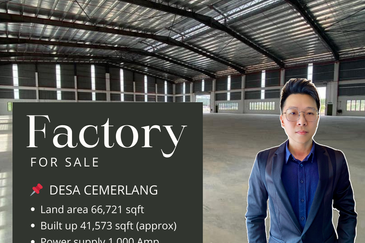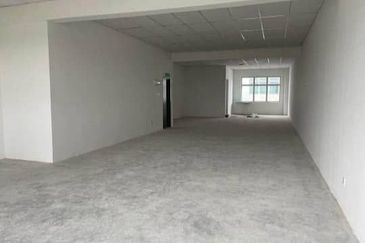THE modern town of Veliko Tarnovo has an unlovely sprawl of anonymous buildings. Located in its centre, however, is the old town that transports visitors to the medieval period. It is an almost Tolkien-like fantasy world, and used to be one of the most important towns in Bulgaria.
Veliko Tarnovo has its roots in prehistory, having been occupied for at least 5,000 years. It was the centre of the second Bulgarian empire, from 1185 to 1393, and was the cultural and intellectual capital of the country.
It was overrun and laid waste to by the forces of the Ottoman Empire, ushering in some five centuries of Turkish occupation and domination of the country. After the liberation from Ottoman rule in the late 19th century, it was briefly the capital of Bulgaria.
Geographically, the town is located on three hills — the Tserevets, Trapezitsa and Sveta Gora. Today, it is a small town with historical significance and a major tourist attraction.
What to see: The most prominent feature of Veliko Tarnovo is the Tserevets, the once-impregnable fortress on a natural hill at the edge of town. Reaching its apogee in the 12th and 13th centuries, the Tserevets is an extensive series of ruins that fires the imagination with great kings and ancient civilisations.
Within its walls are the remains of several hundred houses, churches, the king’s palace and watch towers. The silent ruins, accessed through a gate, give an idea of the area’s past grandeur and thriving society. The highest point of the fortress is the Patriarch’s Complex, which has been restored to a complete building and its interior decorated in an uncharacteristically modernist style.
Immediately below the complex are the remnants of the Royal Palace, now a series of broken walls, where the kings of the second Bulgarian Empire ruled their kingdom. At the end of the fortress, where a cliff falls precipitously away, is Execution Rock, from where traitors were pushed to their deaths into the Yantra River below.
In the town, Samovodskata Charshia or Crafts Street gives an idea of what the town used to look like a couple of centuries ago. Narrow and cobblestoned, the street’s many tourist souvenir shops line it with an assortment of postcards and local handicrafts. There are also cafés and restaurants here, and many residents continue to live in the street and surrounding alleys. Some of the houses are worth pausing for, such as a mansion with two floors on one side and five on the other to accommodate the different street levels on either side of the house.
The oldest street in Veliko Tarnovo is Gurko Street, a quiet, meandering lane overlooking the Yantra River. It is lined with old period houses where residents continue to live. From a distance, the houses appear stacked on top of one another, following the natural contours of the hillside.
The Monument of the Assens stands on its own in a bend of the Yantra River. It is a heroic modern sculpture featuring a central spike surrounded by larger-than-life horsemen — representing the four legendary Bulgarian tsars. It was built to commemorate the 800th anniversary of the crowning of Veliko Tarnovo as the capital of Bulgaria. The monument is lit up at night and is the most prominent of several monuments in the town.
Besides these, there are numerous museums, churches and other buildings of interest scattered around town. Many visitors also make the trip to nearby Arbanasi, a medieval village.
Getting around: The best way to see Veliko Tarnovo is on foot, walking the narrow streets, pausing at points of interest and taking in the views. A free walking tour of the old city and historical points of interest is conducted by volunteers twice a day and starts from the Tourist Information Office.
Where to stay: As Veliko Tarnovo is a tourist town, there is no shortage of accommodations. Try staying in the old town in one of the old houses, which have been refurbished and made into small inns. The Gurko Hotel on Gurko Street, overlooking the Yantra River and the Monument of the Assens, is an example. While the rooms have been extensively renovated to include attached bathrooms and all the modern conveniences, the old timbered structure of the building has been retained. Next door is an excellent traditional cuisine restaurant, which is an extension of the hotel.
During his stay in Veliko Tarnovo, Lee Yu Kit stumbled across, and attended, a traditional wedding taking place in a church.
This article first appeared in Options, a pullout of The Edge Malaysia, on July 25, 2016. Subscribe here for your personal copy.
TOP PICKS BY EDGEPROP

Taman Perindustrian Desa Cemerlang
Ulu Tiram, Johor

Taman Perindustrian Desa Cemerlang
Ulu Tiram, Johor

Nusa Cemerlang Industrial Park
Gelang Patah, Johor

Royal Strand @ Country Garden Danga Bay
Johor Bahru, Johor

























